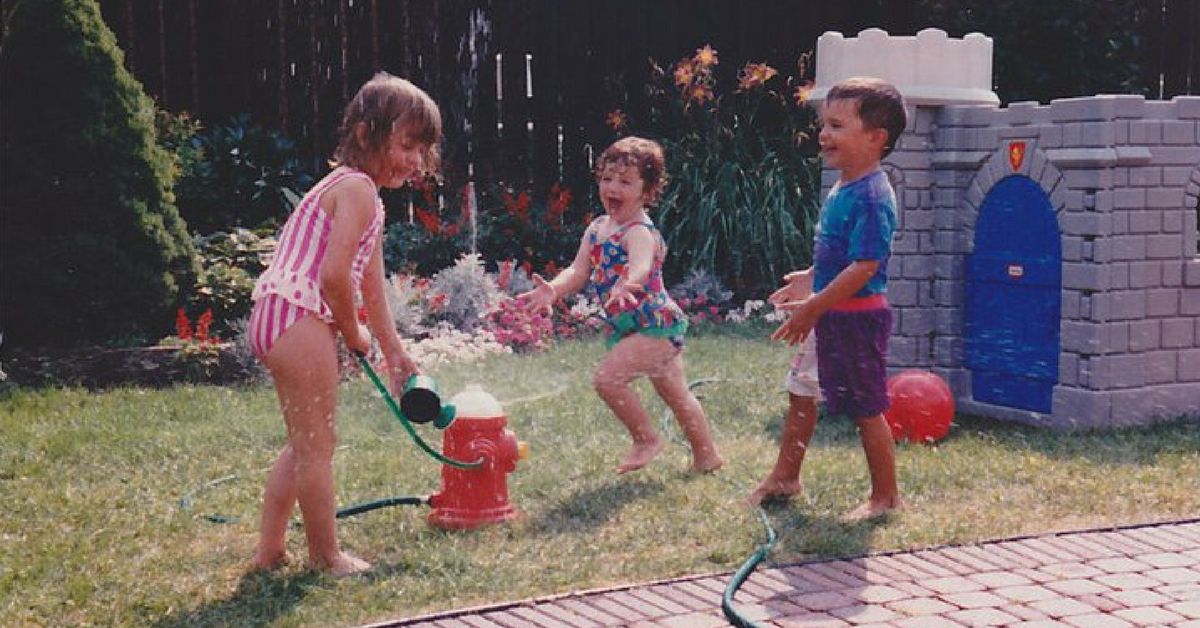So, you’ve decided to take your baby into the world for the first time when he or she starts grimacing and grunting, and you know they have gas. The fact is that this is just one of those realities of parenthood. It’s normal and common, given the size and maturity of their digestive system. Below are three ways to know if your baby has gas, how you should treat it if it occurs, and what foods can cause gas.
Why is My Baby Gassy?
If your baby is gassy, they’ll pass gas a lot and appear to feel relief afterward. These troubles often occur immediately after only a couple of weeks post-birth. Most infants no longer experience this once they’re four to six months old, although some can experience it for longer. An infant can be gassy because their digestive system is immature and they swallow while being fed. Some may be sensitive and can be affected by formula or a breastfeeding mom’s diet.
The Three Causes
- An underdeveloped digestive system
This enables the passing of food more quickly than it should, resulting in it failing to completely break down.
- Swallowing air while crying or during feeding
This is very normal and common with new babies.
- Hypersensitives
Hypersensitivity to a specific type of formula or food, or maybe food allergies.
The Best Remedies
There are a number of ways to remedy this problem. There are even probiotic drops for babies experiencing gas, for example. If your baby has a problem with their tummy, here are a few other things that you can do.
Burp Your Baby Twice
Much discomfort for a newborn is a result of swallowing air while being fed. Along with burping after a feeding, gently pat them on their back in the middle of feeding them to rid them of swallowed air before it makes its way to their bowels. A sign that they need a burp during their meal is if they fussily turn away from the bottle or breast after feeding for a few minutes, which is more likely a sign of gas than one of feeling full. If they’re being bottle-fed, you can try burping them every two to three ounces, and if they’re being breastfed, every five to 10 minutes (although that can be difficult).
Control the Air
Whether you feed your baby by the bottle or breast, try feeding them in a more upright position to reduce the amount of air they swallow. If they’re being breast-fed, ensure they’re properly latched. If they’ve been fed by bottle, test anti-gas nipples and bottles, which can modify the flow of milk and reduce how much air they’re swallowing. Ensure that your nipple is constantly full of milk to prevent them from chasing formula with air. You should make sure you don’t shake the bottle too much to avoid the milk being too bubbly. You could also try using a ready-to-be-fed formula or a concentrated liquid, as opposed to powder.
Use the Colic Carry
Lay your baby over your knees with their tummy facing down, or use your forearm to hold them under their belly, and give his back a gentle massage. By pressuring his tummy, you can help to relieve them of pressure from gas. Not only that, but also touch can be powerful when it comes to calming fussiness.
Feed Them After a Meltdown
Crying isn’t predictable- in really small babies, in particular. The more they cry, however, the more air they swallow (and the more gas they have). So learn their early hunger signs as much as you can to prevent hunger from occurring.
Encourage Tummy Time
This is a good way of strengthening your baby’s muscles, especially those required for lifting their head, and later, for crawling and walking. Not only that, but also the slight pressure on their tummy can help to relieve them of gas. As babies can spit up while in their tummies shortly after eating, you should wait 20-30 minutes minimally (or when the gas starts before tummy time). Your baby should always be supervised for tummy time. You should also avoid putting them to bed on their stomach, as tummy-sleeping increases their risk of sudden infant death syndrome (SIDS).
Perform Baby Bicycles
Lay your baby on their back and cycle their legs gently in a cycling motion in the direction of their tummy. This is a manual way of helping them push out trapped air. Or you could push up their knees to their tummy for a count of 10 seconds before releasing and straightening their legs. Repeat this several times.

